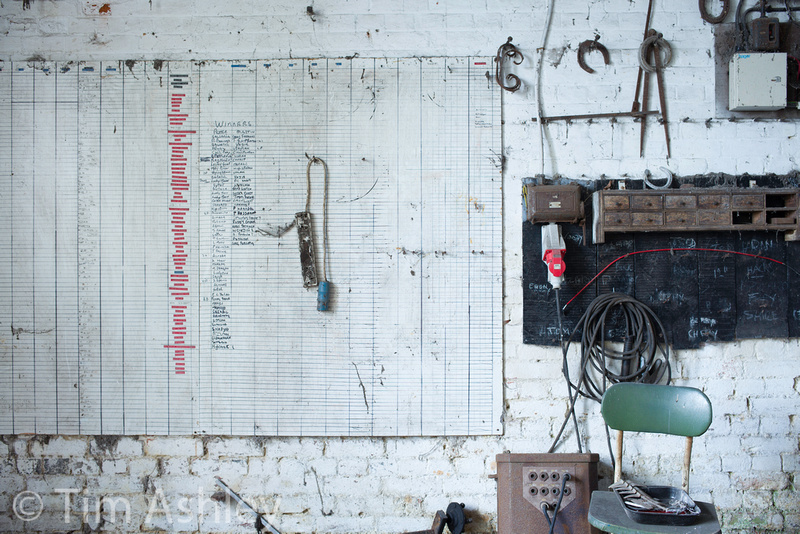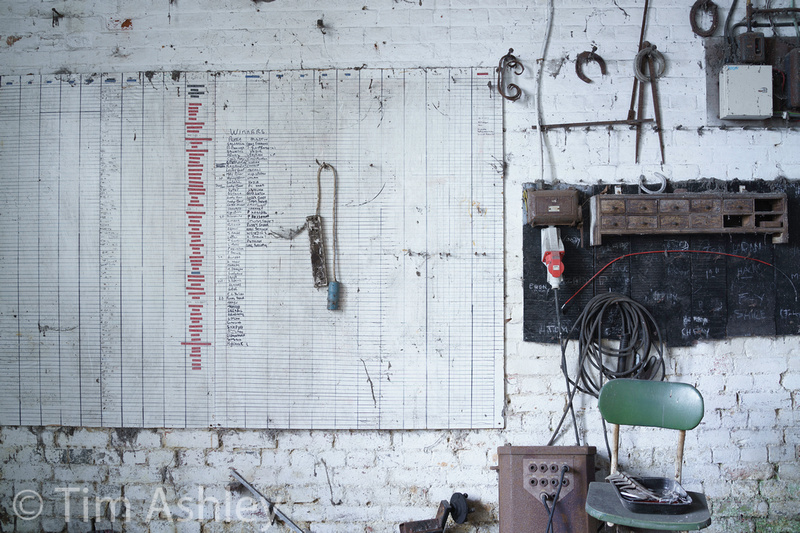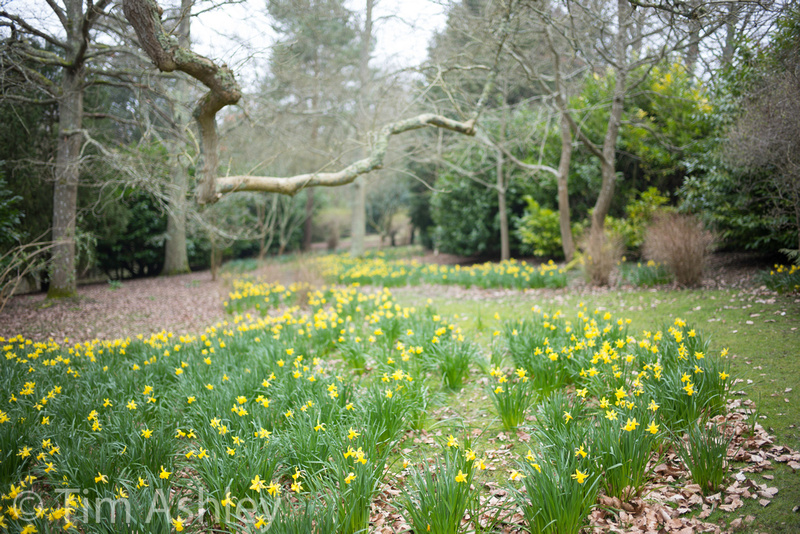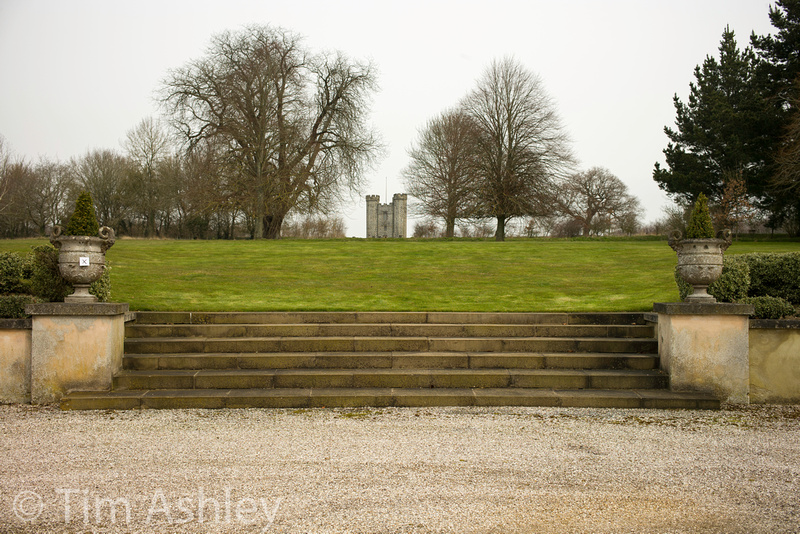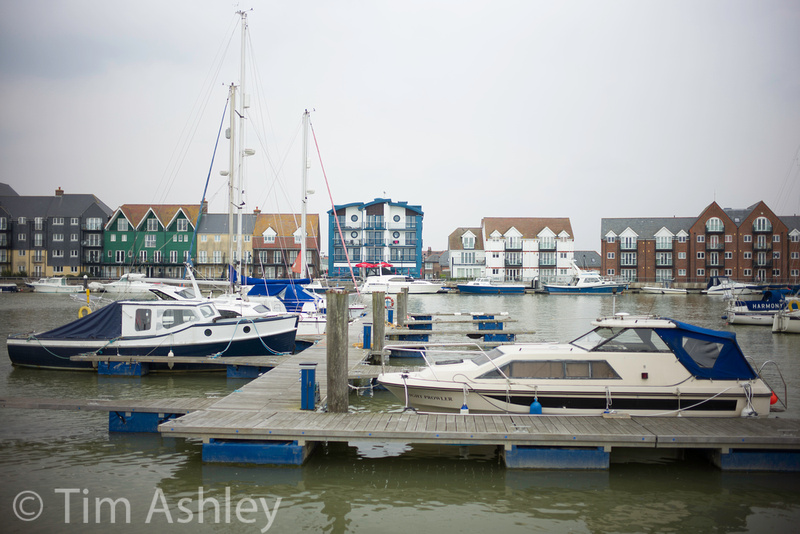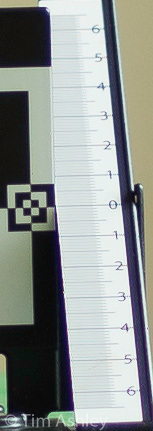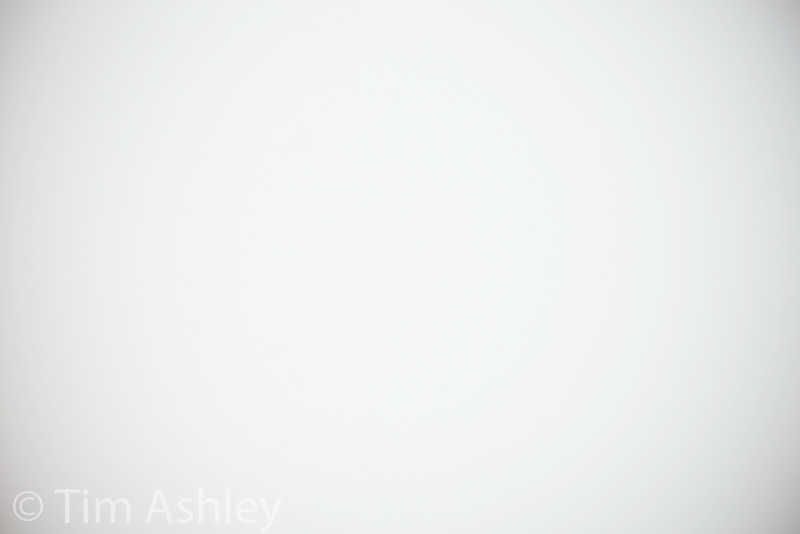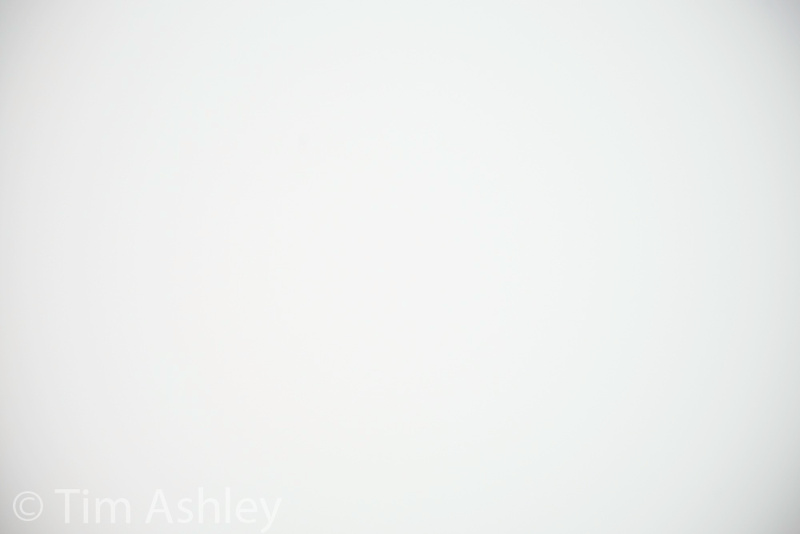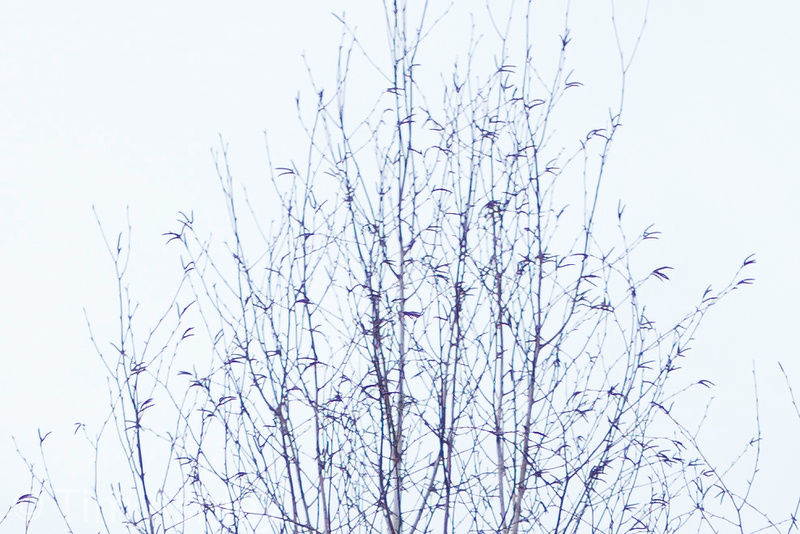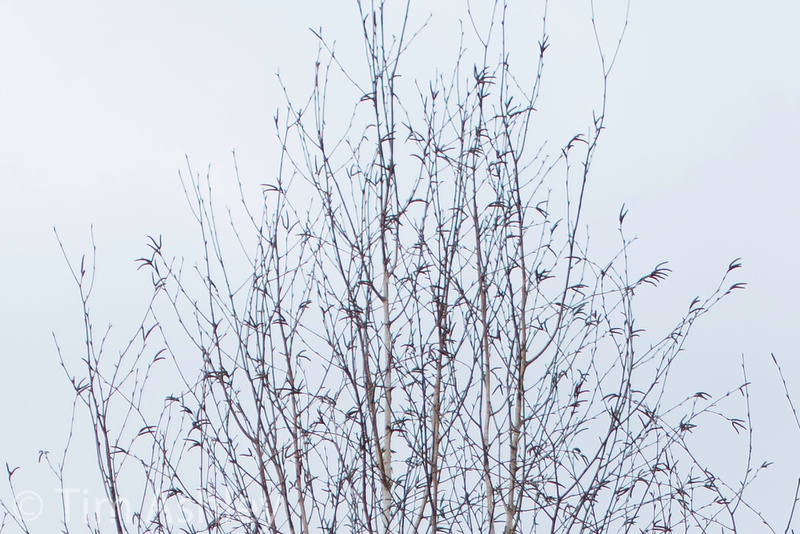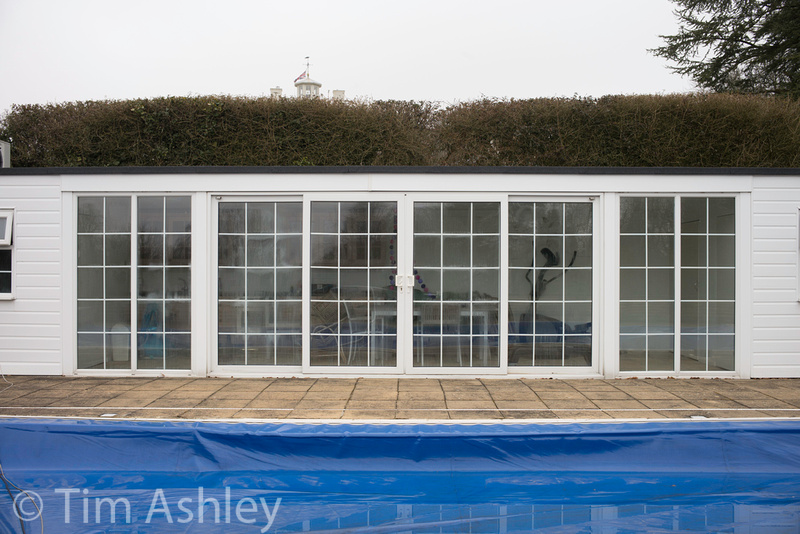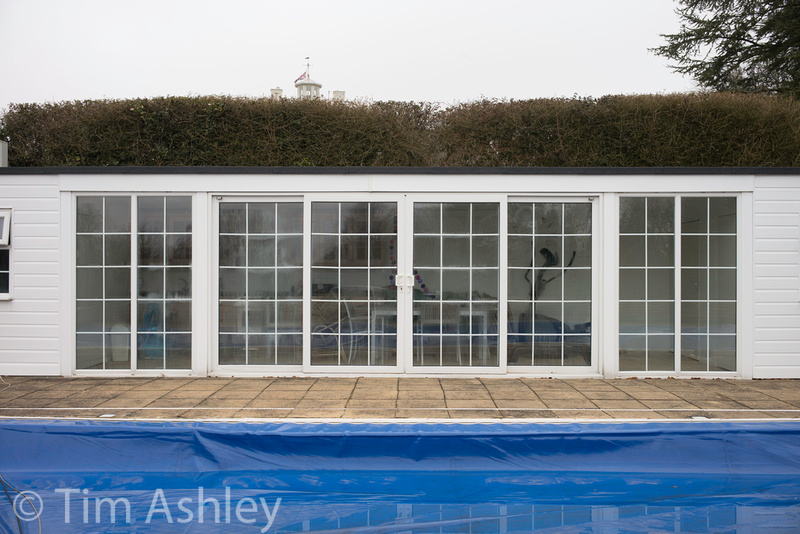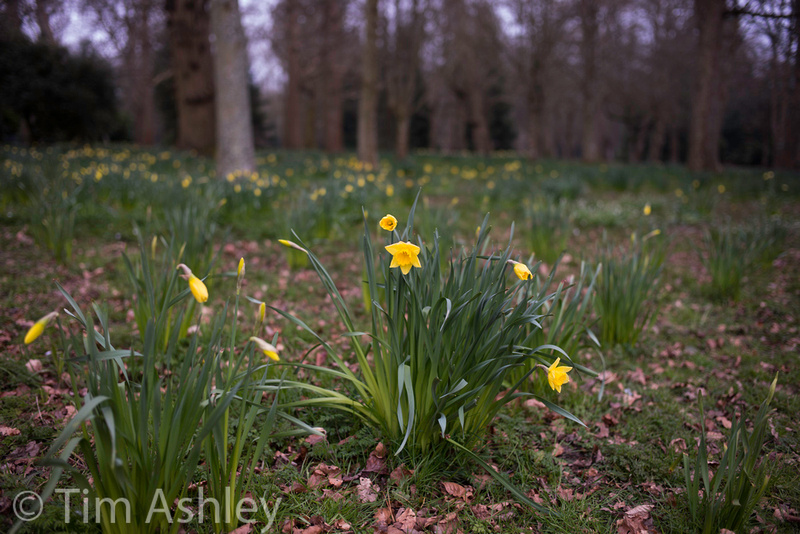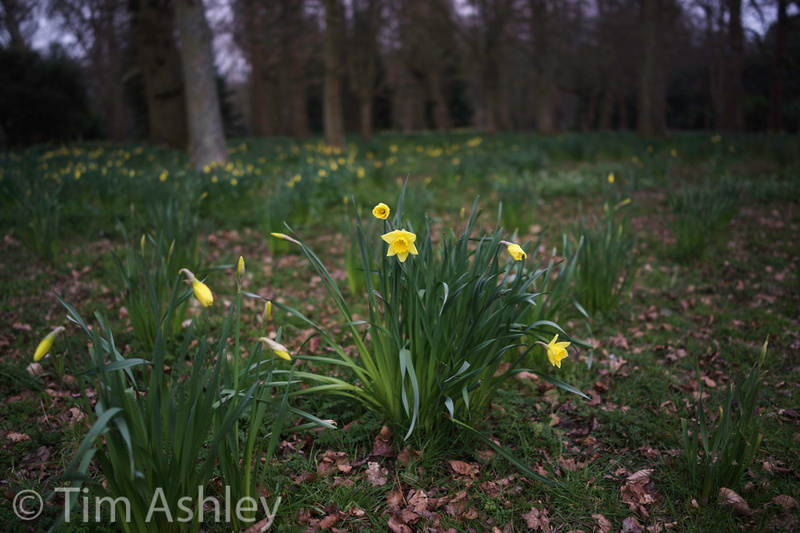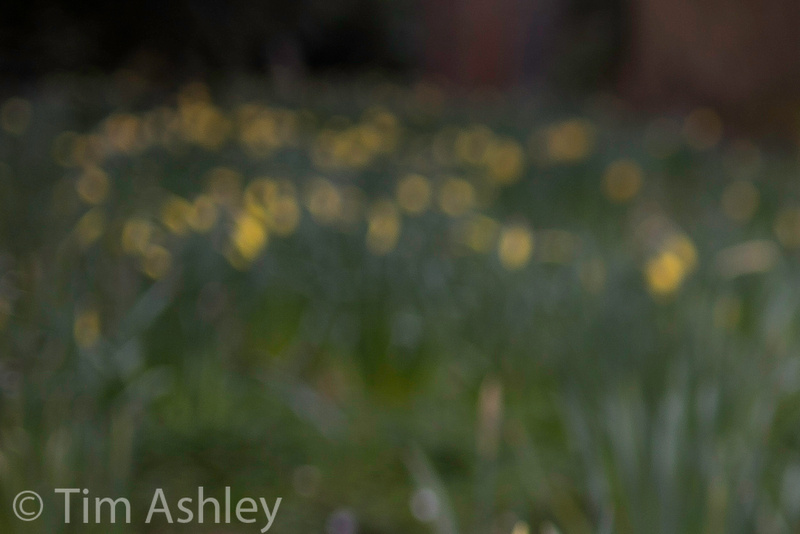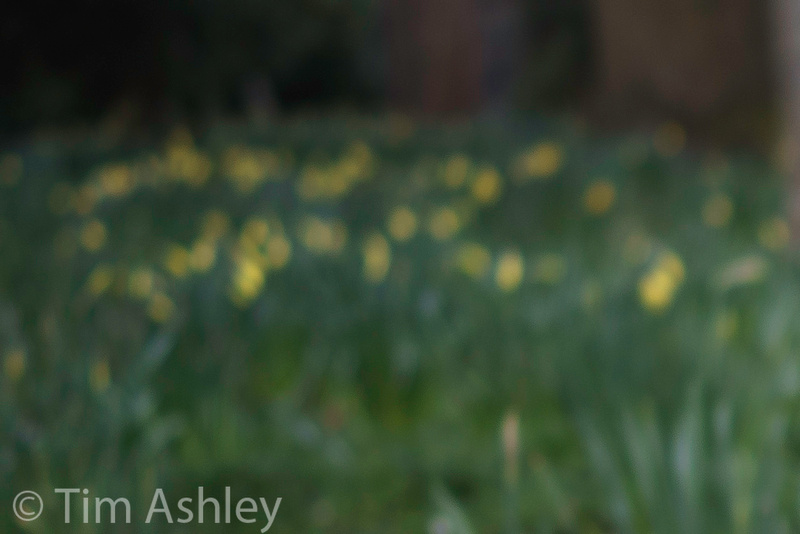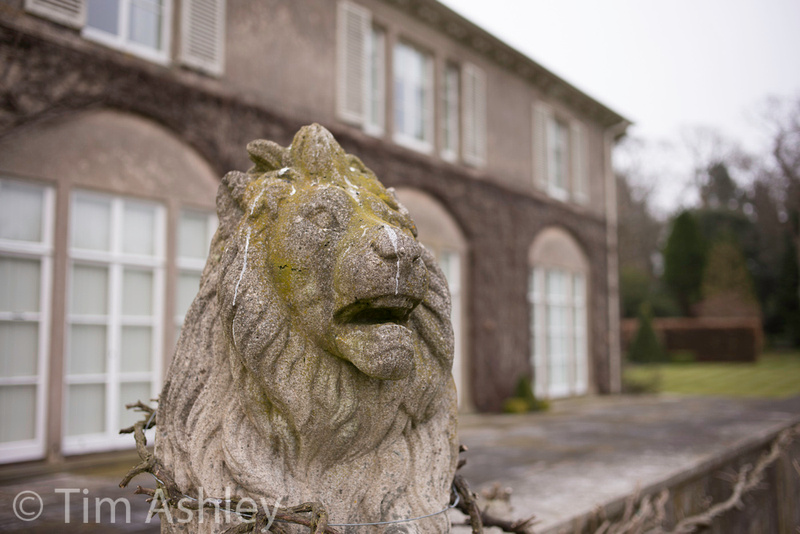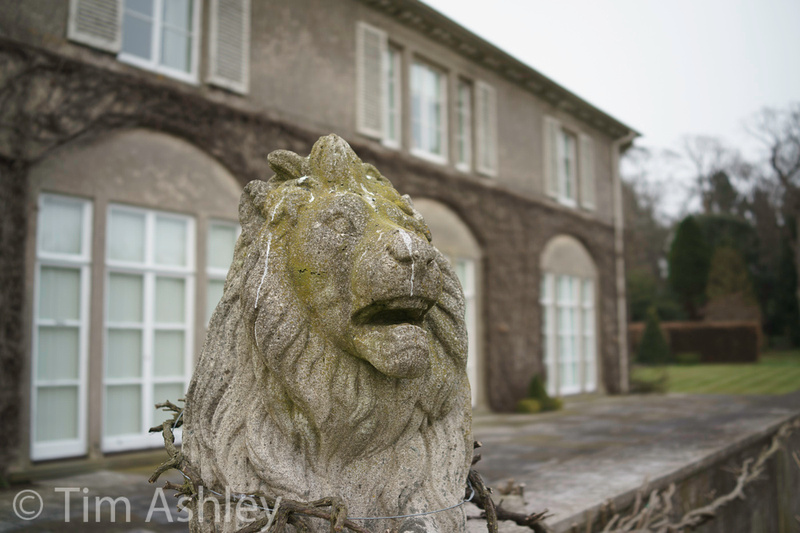Leica M 240 with 35mm F1.4 FLE - some observationswarning: this is a long and head-ache inducingly complex article but it is still not fully comprehensive - there are simply too many variables to test for and give examples of, so I have concentrated on key examples so as to draw what I hope is a general but field-relevant set of conclusions. I have called this piece 'some observations' because truly bottoming out the performance and the behaviour of some lenses is a Very Big Job - one that requires shooting at every aperture, distance and point of focus and comparing it to an actual or remembered database of peer group lenses. And it's a job that often begins anew when the lens is mounted on a new camera. The 35 Lux FLE is just such a lens. In a word, it is tricky. Marvellous, wonderful, possessed of impressive technical and artistic qualities, but tricky. And in this it is the diametric opposite of one of the lenses with which I intend to make some comparative observations, the Zeiss 35mm F2 on the Sony RX-1, which is about the least tricky 35mm lens I have used. A brief historical note: the FLE is a redesign of the previous 35 Lux and has a floating element, aimed at reducing spherical aberrations, in order to reduce the focus shift that plagued the earlier lens. Lenses have three important dimensions of performance for me: sharpness, beauty of rendering and predictability/consistency. And it must be said that some of the most beautiful renderings go hand in hand with unpredictable and inconsistent behaviours. The 35 Lux FLE is a good example of such. I'm going to start by showing two files, which can as usual be downloaded at full size by clicking on the images below. They were shot within minutes of each other, on the same tripod, with each camera fitted with its own plate so that as little was disturbed as possible during the switchover. I also made best efforts to position the lenses similarly over the axis of the tripod. The first is from the M240 with 35 Lux FLE at F4. Focus was on some cobwebby detail in the centre, via live view in the EVF.
Merely looking in detail at these two files (try using the Compare view in Lightroom for example, with the images synched and locked at 100% view and then panning around) will show the trickiness to which I refer. The Sony/Zeiss file is sharp all over, to the edges and corners. The Leica file is about equally sharp at the POF but from there towards the peripheries it wanders in and out of sharpness. No wonder this lens has a 'roller coaster' MTF. For example, the red column of plastic labels mid left is notably soft, the edges are possibly a touch better and the corners are pretty much as good as the Sony Zeiss. Note that this was focussed with the EVF as described, and was taken reasonably early in my career with the M240, before I realised that the RF is often a better way of focussing - I will come back to that point. I don't have a RF focussed shot of this scene, and I think that it is most likely possible to focus the lens so as to give a better overall balance of focus across the image but what the above examples do show is that the EVF isn't a universal panacea to focus issues and that the lens has an unusual field shape. That field shape. Hmmm. If only it was in some way consistent from aperture to aperture and at varying subject distances. But it is in fact a slippery bugger, snaking around as you stop down and as you focus at different places within the depth of the scene. Here is an example at F1.4:
Now look at this example: Shot at F5.6, from a tripod with a levelling base type head (Arca Cube) it was focussed on the left-hand urn with the RF and then recomposed. Observe that the field of focus here is the inverse of the example above: it is now a 'runway', with the ground sharp almost to the extreme gravel corners, the urns sharp, and a cone of focus pointing towards (but not quite reaching) the tower. The trees at the edges are out of focus as is the mid distant grass at the edges. If you shoot a hundred shots, some with the EVF at shooting aperture and some with the RF, at a variety of distances and a variety of points of focus within the field depth, you will find (or at least I think I have found!) roughly, that:
Let's look at two aperture series. The first was shot with initial focus wide open confirmed in both EVF and RF on the word 'Pride' on the red umbrella. The aperture was then stopped down for successive shots with no re-focussing between stops. The second was focussed using the EVF and then re-focussed at each full F stop, also with the EVF. I fully expected, given that this lens has slight focus shift, to find that the second series would be better. I was wrong. Click on the image below to go to a gallery with the entire series. Full sized images can be downloaded for comparison. The images have captions to indicate aperture and shooting method.
Observations:
The first observation above requires some thought. The poorer performance of the lens when 'stop-down focussed with EVF' is something I have observed time and again in many, many images and there are three hypotheses that spring to mind - and it is possible that they are all factors.
Whatever combination of these, or other, factors is at work (and actually there is a possible inconsistency: the EVF/refocus shots seem to focus a touch closer, which is what I expect to see the RF doing from its performance at closer ranges - maybe the RF is even smarter than I think!) this setup really works: I find that RF focus gives the best results with this lens, closely followed by EVF focus 'wide open before stopdown', with EVF focus at shooting aperture a less satisfactory third place. {NOTE: I refer here to the RF being clever but that is shorthand. The rangefinder has to do the same thing in response to inputs from every lens it encounters so the cleverness lies in the exact design of the cam inside the lens mount that transmits information to the RF roller. It is that and the accuracy and repeatability with which the RF responds to it, which determines exact placement of the POF in the DOF for each specific lens.} On to Focus Shift The following series of crops, shot with focus made by the rangefinder, shows that the focus shifts slightly backwards as the lens is stopped down but that the POF always stays within the DOF. Starting at F1.4 and then stopping down through full stops to F8. I will link to the series here for you to download, if interested, and look at in an appropriate viewer by tabbing through them at 100% view. If you do you will see that the point of focussed is biased towards the front of the DOF wide open and then moves progressively backwards but always remaining within the DOF. This shows an ideal calibration of the rangefinder to the lens. {Note: I inadvertently shot this series in Auto ISO so the files increase in ISO as I stop down, giving an exaggerated impression of increased acuity. Please see this series as an example of the positioning of focus, not the absolute degree of acuity.}
Colour Shading Here is a series from F1.4 thru F8. It shows that the colour shading is not defeated but quite well controlled, probably a little more so than in the RX-1. It is shot at a cloudy mid-morning sky through a Phase One Lens Cast Calibration sheet, a thick piece of optically neutral perspex that completely diffuses the light.
Chromatic Aberration The lens has shows notable fringing at F1.4, but it cleans up well well from F2 onwards and is quite easily dealt with in post. I show first a crop from the 35 Lux FLE and then a crop from the same scene shot with a Sigma 35mm F1.4 HSM ART lens on a Nikon D800E, also at F1.4
The lens has moderate distortion only, and unless you are shooting flat horizons or architecture, you will not need to correct it. LR 4.4 has the correct profile and I show an uncorrected and then a corrected scene to show the effect.
Bokeh Lens designers have to make an awful lot of decisions. If they want a fast wide lens, then ceteris paribus they will risk more distortion, field curvature, spherical aberrations (possibly leading to focus shift) and chromatic aberrations. Physics can only be pushed so far. On top of this, there is the desire to achieve flare resistance, light weight, focussing accuracy etc. etc... and then there's the problem of bokeh, which might end up looking nasty. Bokeh is damned complicated: are the OOF highlights round, elliptical or polygonal, and if polygonal, how many sides are visible? Are they smooth or 'doughnut' shaped? How do strong lines or grids appear when when they are OOF? How quickly and smoothly does focus fall away? And who prefers which mix of these characteristics? In other words, it is part science and part personal, artistic preference. The 35 Lux FLE has 9 blades and bokeh which is quite nice but not perfect, to my eye. It has nice falloff, but it renders OOF highlights with a 'doughnut' tendency and it renders OOF lines rather busily. In fact, its bokeh overall is a bit too busy to fully satisfy me. Here is the same shot taken with the 35 Lux and with the Sony RX-1 at F2, their widest common aperture, followed by crops.
Now for OOF strong line rendering: again, Leica then Sony but no crops this time - the effect is visible at almost any size.
I no longer have the Sigma 35mm F1.4 lens for my Nikon D800E so I cannot provide comparative shots but its rendering of bokeh is really quite similar to the 35 Lux: a little nervy, but with very nice falloff. Both lenses can go to F1.4 rather than the F2 of the Sony, so they can both be made to look more obviously 'arty' but the actual quality of the bokeh is IMHO best on the Sony. Conclusion The 35 Lux is a very, very important lens for the M system: it is the classic 'street shooting and reportage' focal length and Leica's reputation rests quite heavily on its ability to make very fast lenses that are small, light, sharp and accurate. Hence, I believe, the priority given to redesigning the 35 Lux when its predecessor's weakness on digital sensors first became evident. So, how did they do? Given the constraints, very well indeed. The lens is very good. But it is not as good as I would like. As noted serially above, it has a 'tricky' field of focus such that to be sure of capturing planar subjects on the M 240, an aperture of F8 is IMHO needed. It has somewhat busy, nervy bokeh and it has quite a lot of colour fringing and colour shading wide open. But no one can work miracles and it is clearly a good compromise between differing performance requirements - and one which is well suited to the Leica gestalt of small, light, fast, very sharp (at least on centre) at every aperture and pleasingly artistic. I also think that the artistic impact of a lens does not just depend on its bokeh and its colour characteristics: I think that a curved field of focus can be creatively very beautiful - it can literally focus attention on the subject if well used, and have that subject surrounded by an attractive glow of slight OOF. It can also create dream-like fields of focus where nothing is quite as you might rationally expect. For that reason, I think that it is a great lens, on the M240, for beginners and experts. Beginners will be unlikely to notice the problems and will merely get a lot of lovely Leica Look for their money. Experts will quickly recognise and learn how to work around and then positively use its complexities. But intermediate photographers, those with enough experience to know when something is 'off' but not enough to work out exactly what or why, will be better served by the lens on the RX-1, with its un-fussy ability to place focus exactly where you expect it to, time and again. Finally: I think the 35 Lux FLE is both a better and a worse lens on the M 240 than on previous digital Ms. Better because for me, the new camera, whether through its rangefinder mechanics or the thickness of its sensor - or whatever other factor - makes this lens significantly easier to focus predictably. Worse because the extra pixels mean that at a pixel level, the odd field of focus effects (such as those in the example at the very top of this page) are more evident. Of course if you don't print any larger with the M 240 than you did with the M9 or M8, you won't notice a difference in a well-focussed file. But if you scale your print size with your pixel count, you will. In the end, we all make system choices, not just lens choices. For my purposes I would prefer to shoot the Sony RX-1 or the Nikon D800E with a good copy of the Sigma 35 F1.4 HSM, with which it has much in common. But for those who love the M form factor and the rangefinder style of shooting, this lens is a cracker.
I would appreciate it if others using the M240 and 35 Lux FLE shared their experience in the comments section below, and if people interpret the examples I give above in a different manner to that in which I have seen them, please add your insights - this is a complicated lens and many heads are better than one! This site is not for profit but I do support the charity Photovoice. I wrote about it in depth a while back and that article is here. If you have found this article useful and are feeling generous, I would hugely appreciate a donation to the charity, even just a pound or a dollar: every little helps. You can donate here and the Virgin Giving site is secure and takes cards and PayPal. The Gods of Great Photography will smile on you if you donate. I promise.
ADDED 13th April 2013
I have run a very extensive re-shoot test of the big white wall chart that has created so much comment, concern and correspondence. This time I filled the frame with the chart rather than including it as part of a slightly wider scene. It is very very slightly bowed in places but tight to the wall in enough comparable places and I wouldn't regard this as a very significant factor. I took a very great deal of care to get as accurately lined up to the subject as possible, using the Horizon feature and very many repositionings of the tripod and head until I got it square - not an easy task since the Live View gives a slightly different FOV to the recorded file.
I then shot many series of F1.4 thru 16 and it will take quite a while to analyse the results so for now I have looked at the F4 results, since those are the ones that have sparked the controversy. I shot these series:
Series 3) above replicates the focus method used in the original review. I quote myself from that piece: "Note that this was focussed with the EVF as described [focus stopped down to F4, shot at F4] and was taken reasonably early in my career with the M240, before I realised that the RF is often a better way of focussing - I will come back to that point. I don't have a RF focussed shot of this scene, and I think that it is most likely possible to focus the lens so as to give a better overall balance of focus across the image but what the above examples do show is that the EVF isn't a universal panacea to focus issues and that the lens has an unusual field shape. " What I found today was that this is pretty much exactly true. But there were other useful lessons: (all regarding the F4 only shots so far pending review of all 60 frames)
From this I conclude provisionally that my fist instincts were right: there is an uneven field of focus, probably wave shaped, and that when stopped down to F4 it is of a shape such that the EVF provides too much ambiguity to focus stopped down, because the POF needs to be focussed towards the back of the DOF in order to get as much of the planar target as possible within the field of focus. This will be somewhat counter-intuitive to some users who, assuming that because the lens has a slight tendency to shift focus further away as one stops down, will feel that the safest way to focus is 'stopped down EVF'. In fact, because the actual point of focus remains (laudably) within the DOF as you stop down, despite this focus shift, one needs to be more concerned about focussing according to the 'shape' of the field of focus and this requires one to bias focus towards the rear of the field. When you focus with the very accurate RF, or with the EVF wide open, this process then happens naturally: you stop down without changing focus and the lens's inherent focus shift moves so as to bias the POF rearwards within the field, thus compensating really nicely for the shape of the field. But when you focus with the EVF stopped down, it is a crapshoot biased toward failure: coming at focus from FAR to 'first shimmer' gives a very good result but from NEAR to first shimmer, gives a good centre and a very poor average across the frame. So: using the RF, the EVF wide open or the EVF stopped down but with a far bias are the best ways to get good results across the frame. Phew. Images, just two for now. Both at F4. The first is focussed EVF wide open and the second is one of two series I shot with the EVF stopped down but is typical of both those series. EVF focus wide open shot at F4 EVF focus at F4 shot at F4 This is 'angels on pinheads' territory for many users and I do think that individual pairings of particular cameras and lenses will vary, but I think many users will get similar results and I do think that knowing this stuff, if it does hold true in a more general sense than my particular use-case, will help those who seek the best sharpness across the frame to achieve it. One final note: the frame that was very sharpest on centre (by a tiny margin) did not have the best average performance across the frame. There is, as far as I can see, no possible focus setting that would achieve that, which is exactly what I would expect and is just not going to matter in practice!
__________________
Keywords:
35mm,
35mm,
ART,
F1.4,
FLE,
HSM,
Leica,
M,
M 240,
M240,
RX-1,
Sigma,
Sony RX-1,
Summilux,
tashley,
tim ashley
Comments
Jesper Andersen(non-registered)
Thanks for this great and thorough test. I just bought a 35 FLE (production date late 2019) and I can confirm the focus shift close up. It's not a lot but enough at f2 and f2.8 to adjust focus ever so slightly. Regarding the field of focus I cannot reproduce this and will be happy to share my results. Did testshots of a wall 1.5 mm distance at all apertures.
Alexandre, I can see why you might think that - but with respect I think you should read the entire article closely because it is exactly the point you make (a very curved plane of focus) that the article seeks to examine and explain. I can assure you the shot you refer to was focused with great care on the centre of the subject field, using magnified EVF, and was one of a series focused in this way, all of which gave the same result. With a strongly curved or warped field of focus, a lens can both front and back focus at the same time.
Alexandre(non-registered)
Thanks for sharing, but the first image with the FLE is half a meter front focus !
Simply take a look at the pieces on the chair : perfect with the Leica, very bad with the Sony...
"I could hardly believe how badly the Leica lens performed particularly on planar subjects"
The above quote was my reaction to Tim's findings. Having now used the Leica M 240 with 35mm F1.4 FLE for around 9 months I felt I needed to update my reaction based on my own findings. To summarise I find that for critical needs the lens needs to be focussed very carefully with the EVF at the taking aperture using the magnification facility. I also find that by f8 curvature of field is no longer an issue. Thanks Keith
jack(non-registered)
This is an interesting article. I own and use both the new 35fle and the 35cron, and there are characteristics about both that I like. The fle, when one has the time to adjust for its characteristics, can produce lovely and striking results, as you correctly point out. The 35 cron is not capable of such heights (but is nonetheless exceptional) but is far easier to shoot, especially for street shooting. I find that the color rendering of the fle is superior. When using the fle for a composed, carefully imagined landscape I have learned to shoot it the way you describe in your excellent review. In general, however, for most of my work I prefer the new 50 Cron APO which delivers the best and most predictable all around results.
No comments posted.
Loading...
|

